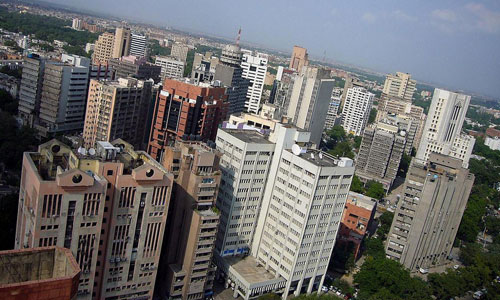
Delhi slips to 15th position as a real estate investment destination
Rising cost and falling transactions are taking their toll on the property market in both the Delhi-NCR and Mumbai.

Rising cost and falling transactions are taking their toll on the property market in both the Delhi-NCR and Mumbai.
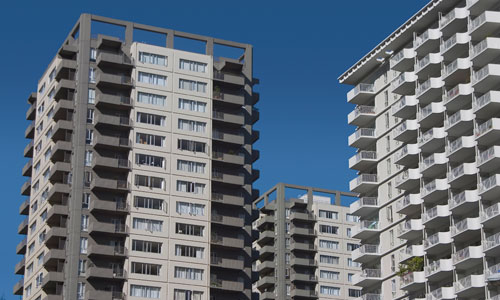
Market forces of demand and supply are the most potent determinants of price and the developments in the real estate industry during year 2011 is the latest example.
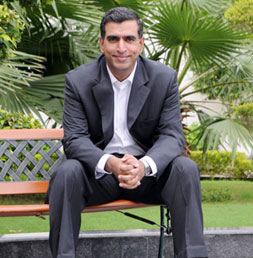
Through the course of 2010, the realty sector evened out into a level playing field, with enough traction in the market to hold investor interest, with several on-going projects being delivered and others being launched.
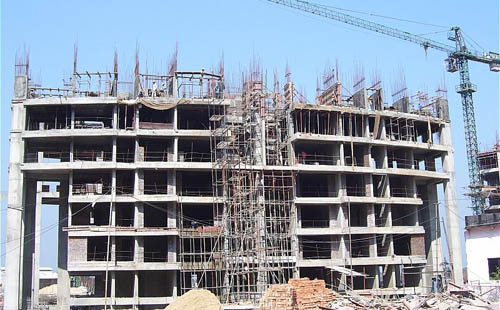
Real estate industry body CREDAI on Saturday, September 3, opposed constitution of a regulatory body for the real estate sector, saying that it would become a “breeding ground for corruption” if implemented.
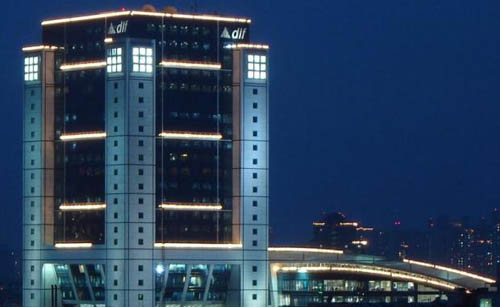
Real estate giant DLF may have to pay Rs.900 crore extra penalty if the Competition Commission of India (CCI) finds it guilty of abusing its dominant market position in three more projects in Gurgaon.
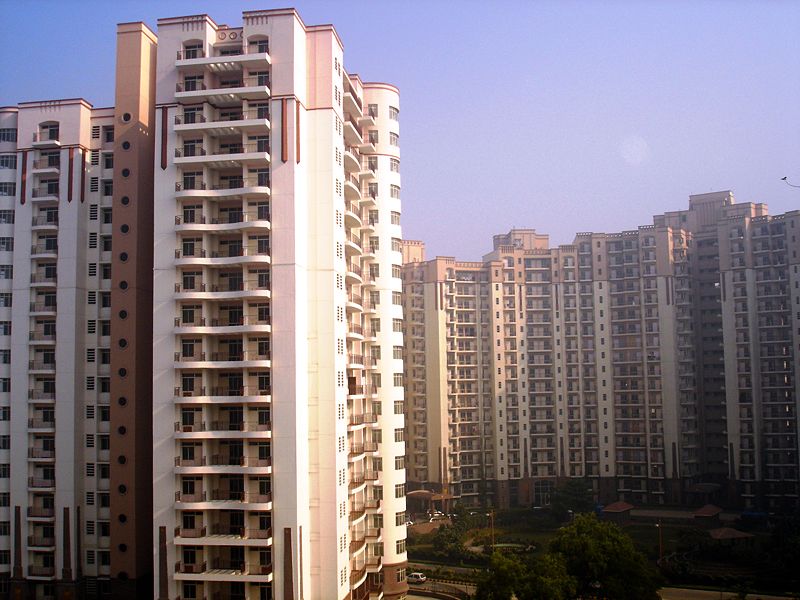
In the year 2007 Preeti Banerjee bought a house in Royal Legacy, Vasundhara, Ghaziabad with the obvious high expectations of moving into a hassle free living. However, the dreams were soon shattered and she was exposed to the agony of an average middle class home buyer, often left alone at the mercy of the builders.

In a report ‘India Market Monitor Q3 2024 – Investments’, CBRE indicates a robust 46% Y-o-Y growth in real estate equity investments, totalling USD 8.9 billion in Jan-Sep ’24 —the highest-ever recorded since CY 2018, surpassing the USD 7.4 billion total equity investments for CY 2023. On a quarterly basis, equity investments in real estate stood at USD 2.6 bn in the Jul-Sep’24 period. Domestic investors (predominately developers) took the lead with ~79% share in equity capital inflows in Jul-Sep ‘24. Singapore-based investors accounted for nearly 73% of the total foreign capital inflows, followed by the United States (~22%). Developer activity picked pace in Jul- Sep ’24 quarter, accounting for a share of nearly 47% in total equity investments, followed by institutional & collective vehicle investors (~36%).

This long-term growth in real estate is underpinned by six salient growth levers which includes, rapid urbanization, infrastructure development, digitalization, demographic shifts, sustainability and investment diversification; all of which will form the bedrock for a quantum leap in Indian real estate by 2047. These long-term growth ingredients will be pivotal in the expansion of Indian real estate – from under a trillion currently, to potentially a USD 10 trillion market by 2047, accounting for a 14-20% share in the country’s GDP.

Fractional Ownership is an evolving concept, on the lines of REIT but very different from REIT. Unlike REIT, which is a listed entity owning income producing real estate, Fractional Ownership is coming together of investors to pool their funds and jointly purchase real estate. Though in its very essence, the idea is to rent it out and earn the equitable rentals, many ‘office for a limited purpose’ investors are also getting into Fractional Ownership for convenience. A Track2Realty analysis.

Post Covid, the Indian real estate is witness to a K-shape recovery where the listed & larger players are increasing their market share at the cost of smaller ones. Prima facie, what sounds like a market-linked reform, have concerns & repercussions that run much deeper. Is the current criterion of assessing a market with fiscal performance justified? Can only a handful of branded developers be the answer to India’s housing woes, questions Track2Realty.
